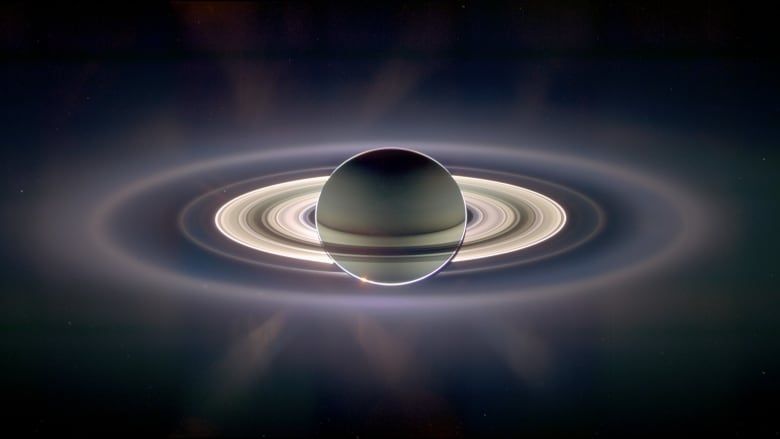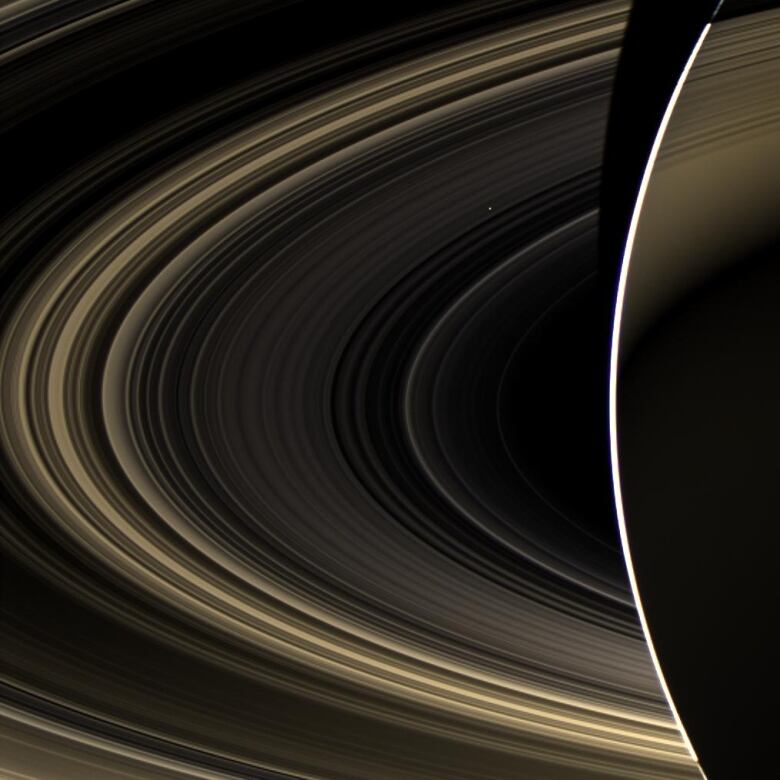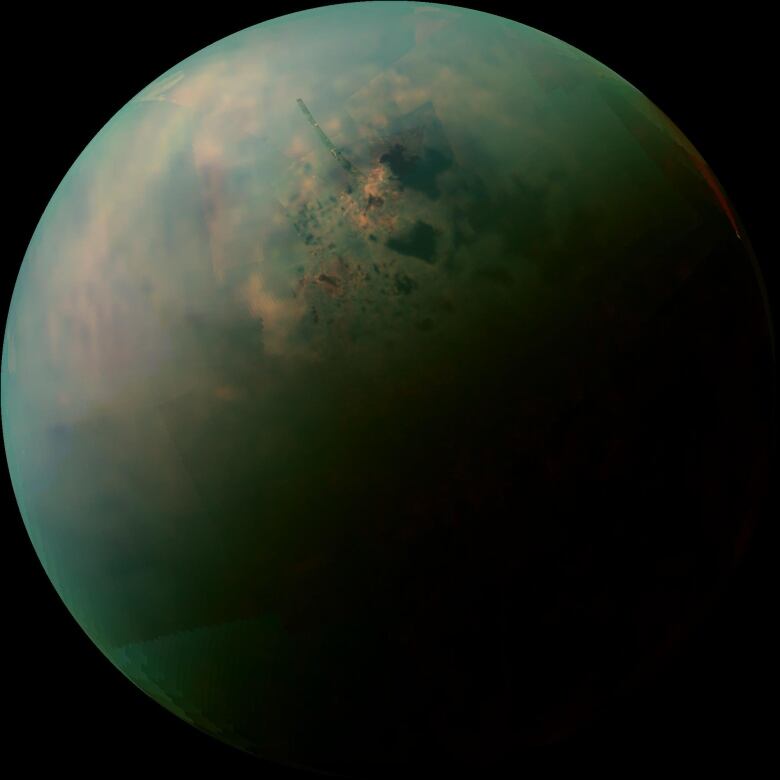NASA killed Cassini to avoid contaminating Saturn's moons
Spacecraft's 13 years in orbit have produced suggestions of potentially habitable worlds

NASA scientists killedthe hard-working Cassinispacecraft to avoid contaminating Saturn's moons with Earth microbes because theymay have the potential to supportlife.
On Friday at 7:55a.m. ET, the world saidgoodbye to Cassiniafter20 years in space and 13 years orbiting Saturn and its moons, providing incredibly detailed, high-resolution photos of what many consider the jewel of our solar system.
Our spacecraft has entered Saturn's atmosphere, and we have received its final transmission.
—@CassiniSaturnEarth received @CassiniSaturns final signal at 7:55am ET. Cassini is now part of the planet it studied. Thanks for the science #GrandFinale pic.twitter.com/YfSTeeqbz1
—@NASAThough Cassini's life was extended twicewith new missions, the spacecraft had a limited fuel supply. So NASA announced in April that it would carry out one final mission, dubbed The Grand Finale.
Scientists and engineers alteredthe orbit of the spacecraft to runinto Saturn, where it would safely burn up in its atmosphere.

Cassini'sfate arose directly from its success inshedding a light on the possibility of life on other worlds.
On Wednesday, NASA's planetary science division directorJim Greenspoke about Enceladus, a small, icy moon, spewing organic material that likely originatesfrom a subsurfaceocean.
"What we thought was an icy ball, when we observed the southern hemisphere, and geysers of water spewing out into the Saturn system, it amazed us," he told reporters.
"And it began changing the way we view the habitability or potentialhabitability of moons in the outer part of our solar system."
Allowing Cassinito run out offuel would leave NASA no way to control the spacecraft. One day it could crash into Enceladus or even Titan,Saturn's largest moon, which is also being studied for potential habitability.

While there is no guarantee that there is microbial life on any of these moons, there is a chance of contaminating their surface with Earth microbes.
"Now because of the importance of Enceladus that Cassini has shown us, and of Titan, another potential world that could be habitable for life, perhaps not like we know it, but perhaps completely different than ours, we had to make decisions on how to dispose of the spacecraft,"Green said.
"And that led us, inevitably, to the plan of taking Cassini and plunging into Saturn."
On the plus side, Cassini's Grande Finale has given us unprecedented views of the planet'snorth pole as well as its intricate ring system. For the first time in its mission, the spacecraft flew between the planet and the rings.
'We might find in fact a higher probability than I'm willing to admit right now that life exists in the interior of Enceladus.'Larry Soderblom, Cassini scientist
And, with its success and valuable insight into the potential habitability of other worlds, it's likely there could be new missions.
Missions have been suggestedtoexplore Enceladus, including itsinterior and the subsurface liquid body,Larry Soderblom, an interdisciplinary scientist on the Cassini mission, told CBC News.

While astronomers and planetary enthusiasts may miss the data and photos gathered by Saturn, NASA's Juno spacecraft is also orbiting Jupiter. And there are plans for the Europa Clipper, which will conduct flybys of another icy, potentially habitable moon, Europa.
If there is a chance forlife to be found in the Saturn system,NASA is eager to protect it.
"Because of planetary protection and our desire to go back to Enceladus and go back to Titan and go back to the Saturn system, we must protectthose bodies for future exploration," Green said.












_(720p).jpg)


 OFFICIAL HD MUSIC VIDEO.jpg)
.jpg)



























































































